We love new technology and are willing to embrace anything that’s likely to prove energy efficient, ‘green’ and generally good for the planet as a whole. That’s just the kind of people we are at VW Heritage…
Given this fact, we were thrilled to see the world’s most energy efficient production vehicle, the Volkswagen XL1, finally go up for sale. A total production run of around 200 will be built at VW’s Osnabrück factory, a proportion of which will be made available to UK customers.
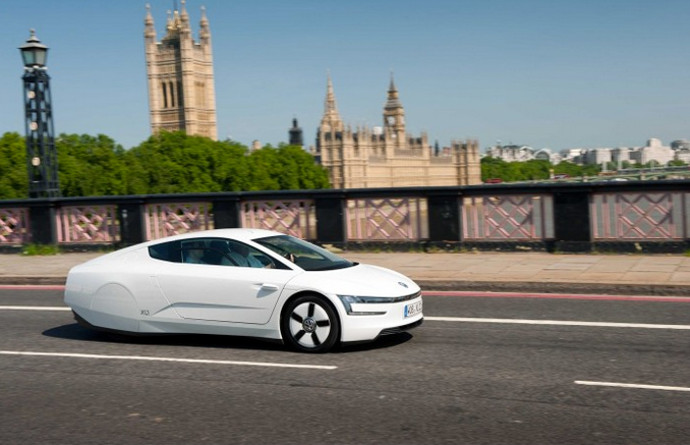
We love it, but the only possible snag is the asking price. For the privilege, you’ll need to pay a somewhat out of reach £98,515 for it, which prompted us to think about cheaper possible alternatives. The fact that the XL1 has an 800cc engine, albeit with an electric motor bolted on, immediately steered us towards the first generation Polo which was offered with a 895cc power plant. Okay, so we admit it’s not a totally viable or realistic comparison but we still thought it would be fun to see how the two stack up…
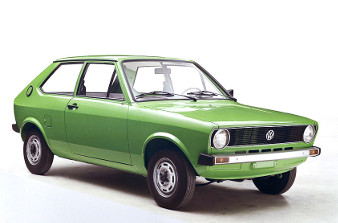
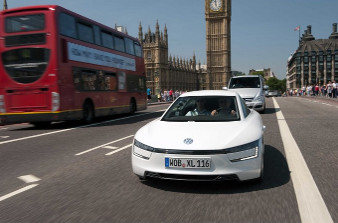
On paper, the Polo doesn’t do too well to be honest. While the XL1 manages an impressive 282mpg, the diminutive Polo returns a slightly less noteworthy 34mpg. At 550kg, the Polo’s 245kg lighter than the XL1 but dissapointingly the weight saving doesn’t translate into better performance. From rest the Polo takes 16 seconds to reach 60mph, while the sleek energy efficient XL1 does it in 12.7 seconds. Moreover, while the 40bhp Polo will struggle to get much above 70mph, the XL1 will easily do the ton.
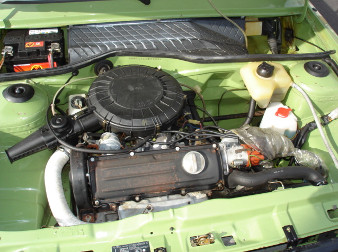
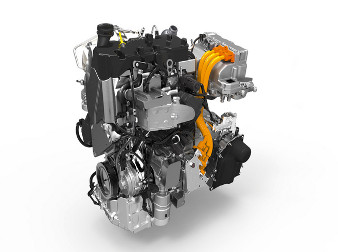
It’s not looking good for the classic Dub is it? The only consolation comes when you look at the impact on your wallet. If you do 10,000 miles a year, fuel costs for the XL1 and Polo would be roughly £183 and £1540 respectively. But here’s the rub. Despite the XL1’s fuel sipping abilities, it would take 70 years before you saw much of a financial benefit over the diminutive and wholly lovable Polo.
Remember too, the Polo’s already been made so there’s no impact from its construction, no electricity involved, and we expect Polo spare parts will always be cheaper. And if it makes you feel any better, they have to ship the carbon fibre reinforced polymer (CFRP) monocoque bodies for the XL1 all the way from Austria to the Karmann factory. Now surely you can’t tell me that’s good for the environment.
Ian
The opinions expressed here are the personal opinions of the author and do not necessarily represent the views and opinions of VW Heritage.


Dead right! The ‘new’ VW Beetle (98 Mex.) is a delight; i put up with a bit slow and noisy, for being nice and good-looking and fun and generally user-friendly. And maintainable. And will not depreciate. Unlike the Passat – well-respected modern car, right? It was unreliable and constantly irritating and inconvenient with all its fancy electronics; i’m just not having that. Some years of hesitation on the Beetle: worried about parts availability, air-cool mechanics, rust. Now there is VW Heritage, mechanic 1/2 mile away, who will rustproof/underseal /waxoyl everywhere. And some shelter. And there was petrol cost; almost irrelevant against minimal running cost.
Sounds like you’ll never have a new car again Iain!
Glad you’re enjoying Beetle ownership. Personally I feel there is a time and a place for ‘new’ cars – the winter, in the rain, and the snow and when you have long distance to travel…. oh and I’m rather fond of Air-con in the summer!